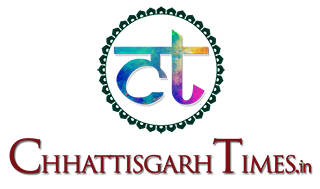Third Quarter profit for SAIL surges 14 folds on Record Production, Stats up and above everyone’s expectation
Declaring the results for the third quarter of this Financial Year (FY) 2018-19 for October – December 2018 quarter, Steel Authority of India Limited (SAIL) posted a profit (Profit After Tax) of Rs 616 Crore in Q3 FY’19 which stood at Rs 43 Crore during the corresponding period last year. The Company has managed to better its performance over the previous quarter as well by more than 11% when it stood at Rs. 554 crore. The turnover for Q3 FY’19 improved by 3% over CPLY and was Rs 15,660 Crore vis-à-vis Rs 15,190 Crore during Q3 FY’18. The EBITDA in Q3 FY’19 was Rs 2,653 Crore, an improvement of 70% over CPLY, which was Rs 1,560 Crore in Q3 FY’18. The improvements in these indicators over the corresponding period last year reflect overall progress on all production parameters and financial health of the Company. The Company’s performance on these indicators during 9M period (April – December’18) was also higher compared to the CPLY figures pointing at a steady and sustainable growth in the overall performance.
Targeting an achievement of rated capacities at all the new units installed under modernization and expansion, the Company is focusing on ramping up production. Enhancing the volumes will also bring down the cost of production which will improve the performance as a whole. During Q3 FY’19, SAIL recorded the best ever quarterly Crude Steel production of 4.3 Million Tonnes (MT), a 10% growth over CPLY which was 3.9MT in Q3 FY’18. The third quarter of this financial year also recorded the best ever quarterly Saleable Steel production at 3.8 MT, a 5% growth over Q3 FY’18. On the techno-economic parameters, BF Productivity registered a growth of 16% in Q3 FY’19 over previous quarter. Likewise, Coke Rate and Specific Energy Consumption during the quarter also registered a growth of 3% and 2% respectively over previous quarter.
Speaking on the occasion, SAIL Chairman Shri Anil Kumar Chaudhary said “The potential of steel consumption in domestic market is huge. We are focussed on meeting requirements of all sectors while enhancing our volumes. Higher production of value added steel is another focus area and we are committed to provide end-to-end customer services.” Pointing at the current volatility in steel prices he said that despite various factors including cheap imports, the prices are expected to improve in coming days considering the high input costs.




